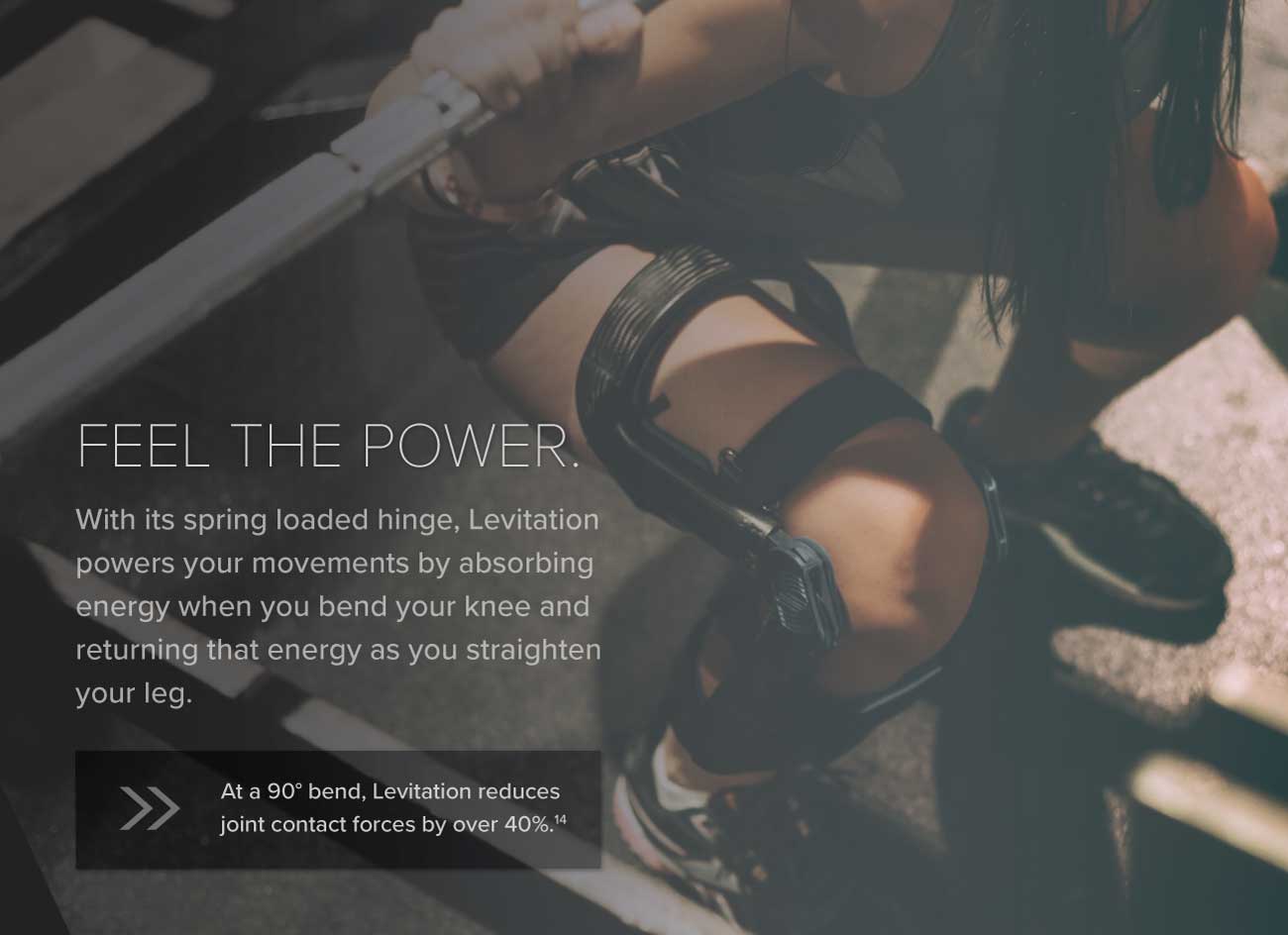Why are the Quadriceps Important?

What’s so special about the quadriceps? After all, they’re just one of many muscle groups in the body. ‘Quadriceps’ refers to a group of four muscles on the front of the thigh that are responsible for straightening your knee. Seems pretty simple. We keep hearing about how important the “core” is, and of course, everyone loves a great set of glutes… but what’s the big deal with the quads?
Why are the Quadriceps Important?
All muscles are interesting and important in their own way, and the quadriceps are no exception. In this post, let’s highlight their role in the clinical setting:

- Quadriceps weakness is predictive of falls risk in community-dwelling seniors. 1
- Poor quadriceps strength increases the risk of symptomatic (painful) knee osteoarthritis. 2
- Quadriceps weakness seems to predict decreased function post ACL repair. 3,4
- For people receiving a total hip replacement, greater quadriceps strength before surgery is associated with better physical function afterwards. 5
- After total knee replacement, quadriceps strength is an important determinant of physical function. 6–8
- Individuals with cerebral palsy can improve their gait with quadriceps strengthening.* 9
- Weakness of the quadriceps is associated with worsening knee pain over time in women. 10
It seems having strong and healthy quadriceps is quite important!
However, strengthening the quadriceps isn’t a miracle cure for these problems. First of all, the human body is complex — compensations need to be accounted for, as well as changes in strategy or equipment. Rehabilitation requires expertise, and can be costly. Even when rehabilitation services are available, it’s not always possible, safe, or effective to simply strengthen the quadriceps. For instance, resistance training can be dangerous for people with unstable heart disease, uncontrolled hypertension and arrhythmias.11 Furthermore, quadriceps weakness has been shown to remain long after injury despite receiving rehabilitation, owing to the inability to fully activate the quadriceps muscle. 12,13
Bionic Knee Braces
Meet Levitation™, the world’s first bionic knee brace. Levitation™’s unique bionic hinge stores energy when the knee is bent, and releases that energy when the knee extends. Levitation™ also assists the user’s knee extension strength. For those with knee ligament injuries (such as the ACL), the brace also acts as a functional brace, stabilizing the knee. Levitation™ may allow for earlier ambulation during rehabilitation — for example, by getting people back on their feet sooner — or act as an assistive device for individuals where rehabilitation is simply not an option.
* As long as hamstring spasticity isn’t severe.

References:
- Scott, D. et al. Investigating the predictive ability of gait speed and quadriceps strength for incident falls in community-dwelling older women at high risk of fracture. Archives of gerontology and geriatrics 58, 308–13 (2014).
- Segal, N. A. & Glass, N. A. Is quadriceps muscle weakness a risk factor for incident or progressive knee osteoarthritis? The Physician and sportsmedicine 39, 44–50 (2011).
- Schmitt, L. C., Paterno, M. V. & Hewett, T. E. The impact of quadriceps femoris strength asymmetry on functional performance at return to sport following anterior cruciate ligament reconstruction. The Journal of orthopaedic and sports physical therapy 42, 750–9 (2012).
- Ericsson, Y. B., Roos, E. M. & Frobell, R. B. Lower extremity performance following ACL rehabilitation in the KANON-trial: impact of reconstruction and predictive value at 2 and 5 years. British journal of sports medicine 47, 980–5 (2013).
- Holstege, M. S., Lindeboom, R. & Lucas, C. Preoperative quadriceps strength as a predictor for short-term functional outcome after total hip replacement. Archives of physical medicine and rehabilitation 92, 236–41 (2011).
- Saleh, K. J. et al. Quadriceps strength in relation to total knee arthroplasty outcomes. Instructional course lectures 59, 119–30 (2010).
- Mizner, R. L., Petterson, S. C., Stevens, J. E., Axe, M. J. & Snyder-Mackler, L. Preoperative quadriceps strength predicts functional ability one year after total knee arthroplasty. The Journal of rheumatology 32, 1533–9 (2005).
- Mizner, R. L., Petterson, S. C. & Snyder-Mackler, L. Quadriceps strength and the time course of functional recovery after total knee arthroplasty. The Journal of orthopaedic and sports physical therapy 35, 424–36 (2005).
- Steele, K. M., Damiano, D. L., Eek, M. N., Unger, M. & Delp, S. L. Characteristics associated with improved knee extension after strength training for individuals with cerebral palsy and crouch gait. Journal of pediatric rehabilitation medicine 5, 99–106 (2012).
- Glass, N. A. et al. The relationship between quadriceps muscle weakness and worsening of knee pain in the MOST cohort: a 5-year longitudinal study. Osteoarthritis and cartilage / OARS, Osteoarthritis Research Society 21, 1154–9 (2013).
- Williams, M. A. et al. Resistance exercise in individuals with and without cardiovascular disease: 2007 update: a scientific statement from the American Heart Association Council on Clinical Cardiology and Council on Nutrition, Physical Activity, and Metabolism. Circulation 116, 572–84 (2007).
- Becker, R., Berth, A., Nehring, M. & Awiszus, F. Neuromuscular quadriceps dysfunction prior to osteoarthritis of the knee. Journal of orthopaedic research : official publication of the Orthopaedic Research Society 22, 768–73 (2004).
- Hurley, M. V., Jones, D. W. & Newham, D. J. Arthrogenic quadriceps inhibition and rehabilitation of patients with extensive traumatic knee injuries. Clinical science (London, England : 1979) 86, 305–10 (1994).
- Based on a retrospective survey of Spring Loaded brace users with knee osteoarthritis.